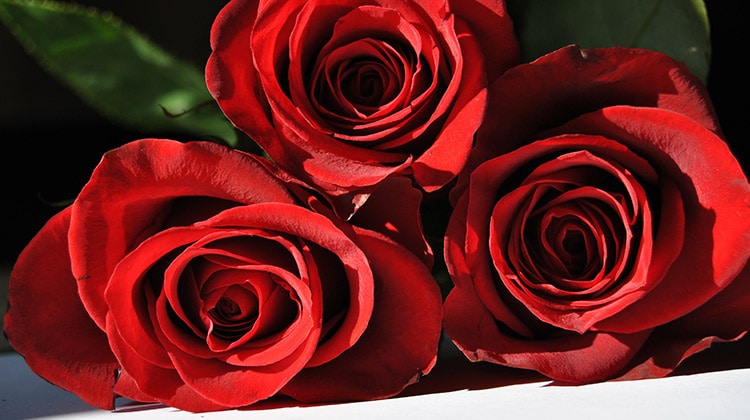It is springtime and wherever you look you will see flowers in a dazzling array of colours. It is that time of year when we can admire flowers blooming in many beautiful colours. Although it seems like a magical event, there is actually a lot of interesting science behind the scenes.
Flower colour depends on the presence of organic pigments, found in structures such as chloroplasts and chromoplasts, and what we observe is the result of the absorption and reflection of light from the various plant pigments. The most well known pigment is probably chlorophyll, which is green and present in the leaves of plants, and has little to do with lower colour. The two major classes of pigments in flowers are, in fact, carotenoids and flavonoids.
Carotenoids are pigments that produce a breathtaking variety of red-to-yellow colours as they absorb violet to green light (wavelengths ranging from 400-550 nanometers). There are hundreds of known carotenoids, all based on the same core structure. Some carotenoids contain oxygen (xanthophylls), whereas others are exclusively hydrocarbons and do not contain oxygen (carotenes).
Flavonoids represent the other important plant pigment group responsible for lower coloration. The name is derived from the Latin word flavus meaning yellow and, while they are often responsible for this colour, they can also produce other hues. There are thousands of naturally-occurring flavonoids, all variations of the same core structure. The most common class of flavonoids are the anthocyanins. In flowers, these pigments are stored in the vacuoles of petal cells and their colours range from red to purple, and even blue. Many anthocyanins absorb light at different wavelengths (i.e. change colour) depending on the pH of the surrounding medium – this phenomenon is called a bathochromatic shift. This change in colour is reversible: as the pH changes from acidic to basic, the pigment colour alters from red to purple to blue. A good example of this can be seen if you add vinegar (an acid) to red cabbage.
As most gardeners know, it is sometimes possible to change the colours of flowers. Hydrangeas change colour, depending on soil pH; in alkaline soils the flowers are pink, however we can turn them blue by increasing the soil acidity (by adding organic materials such as coffee grains or citrus peel). For hydrangeas, soil acidity affects the concentration of aluminium ions in the soil. An increase in aluminium ions results in an increase in levels absorbed by the plant roots. Following uptake, the aluminium ions form a coloured complex.
Floral pigments play an important role in pollination of flowers by animals. Such bright colouration helps to attract birds, bees and other insects that help plant reproduction. There is more to the story than we think: some pigments absorb light in parts of the spectrum that are invisible to the human eye. As a result, some lower patterns are only visible to animals that can see UV light. These patterns are called nectar guides and are used by a pollinator insect to locate the flower's nectar.



